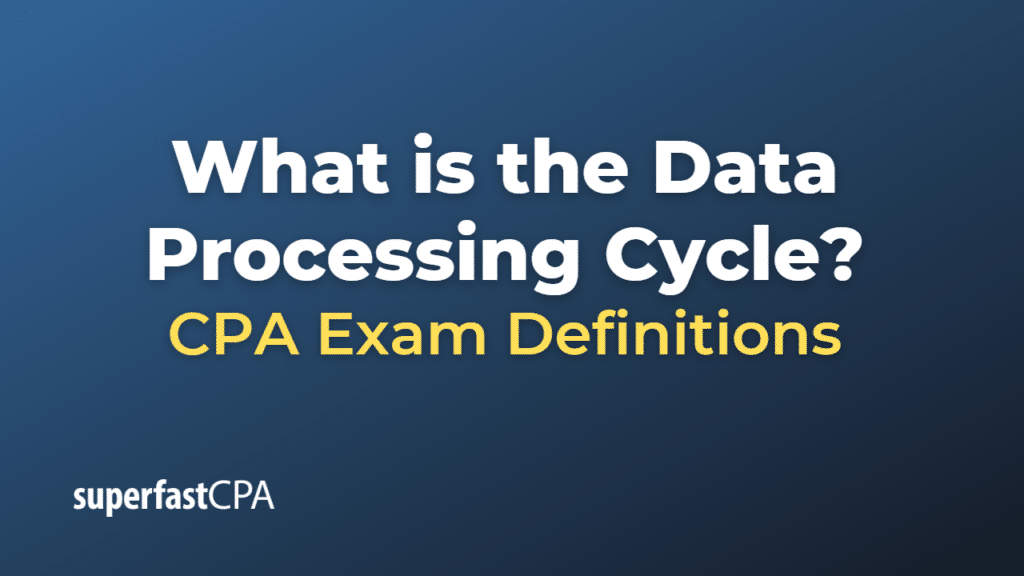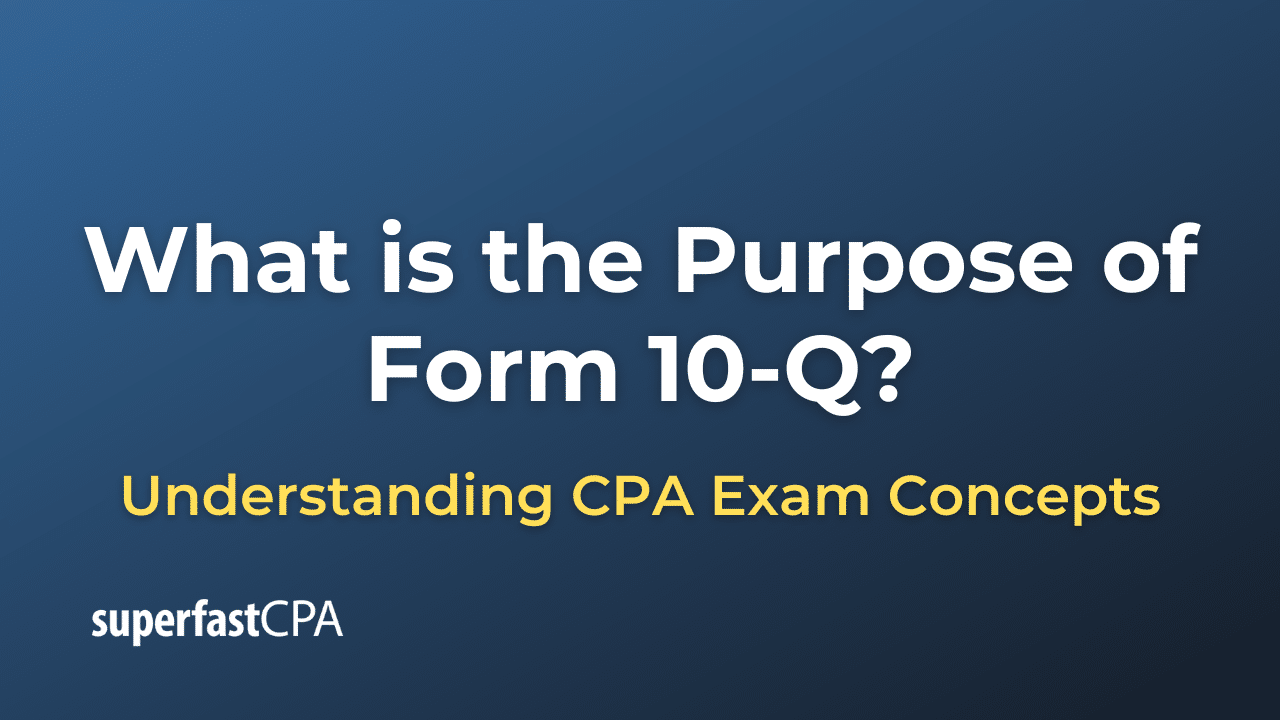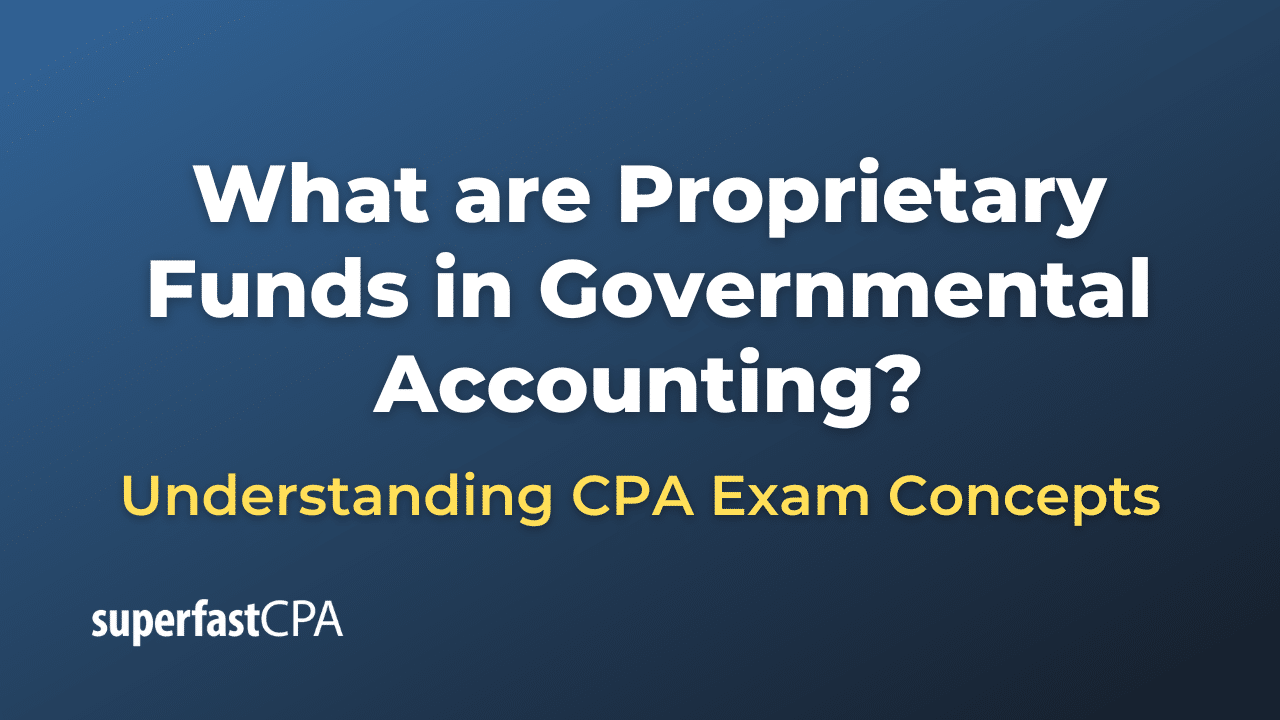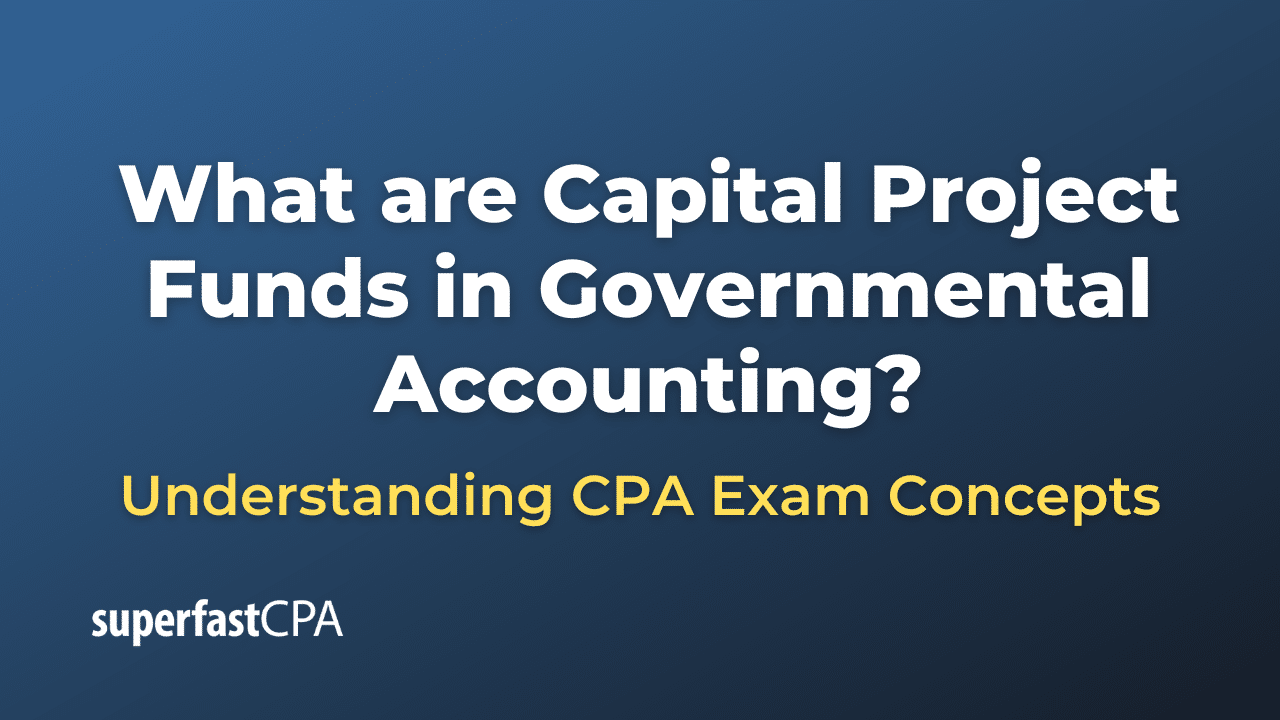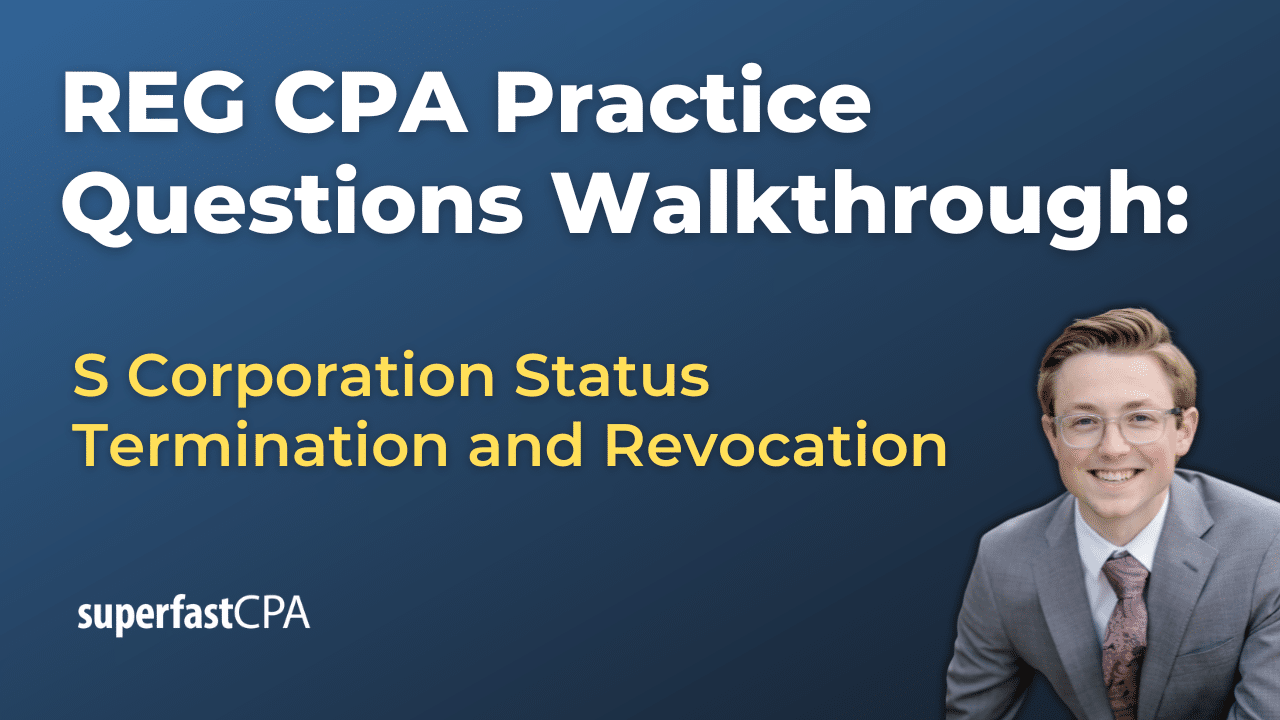Data Processing Cycle
The data processing cycle is a series of steps that raw data goes through to be transformed into useful information. It’s a key part of the broader data management process and is crucial in both manual and automated data processing systems.
The steps of the data processing cycle typically include:
- Data Collection: The first step involves gathering the raw data. This could come from a variety of sources such as sensors, user inputs, data files, or online data sources.
- Data Preparation: This step involves cleaning and transforming the raw data to prepare it for processing. This might include removing errors or inconsistencies, dealing with missing values, and converting data into a suitable format for processing.
- Data Input: In this step, the prepared data is inputted into the data processing system. In an automated system, this could involve loading the data into a database or a data processing application.
- Data Processing: This is where the data is manipulated to produce meaningful information. Processing could involve calculations, aggregations, sorting, filtering, or more complex data analysis techniques.
- Data Output/Interpretation: The processed data is then outputted in a form that can be understood by the user. This might involve visualizing the data in graphs or tables, summarizing the data in a report, or presenting the data through a dashboard.
- Data Storage: Finally, the raw and processed data is stored for future use. This could involve writing the data to a disk, storing it in a database, or archiving it in a data warehouse.
The specific steps and techniques used in the data processing cycle can vary widely depending on the nature of the data, the needs of the user, and the capabilities of the data processing system. Regardless of the specific implementation, the goal of the data processing cycle is to transform raw data into meaningful information that can support decision-making and other tasks.
Example of the Data Processing Cycle
Let’s take the example of a retail company that wants to analyze its sales data to understand its top-selling products.
- Data Collection: The company collects raw sales data from its point-of-sale (POS) system. This data includes details about every transaction, such as the date and time, the products sold, the quantities, and the prices.
- Data Preparation: The company cleans and transforms the raw data. This might involve removing any transactions that were later cancelled or returned, converting the date and time to a standard format, and categorizing the products into broader product categories.
- Data Input: The cleaned and transformed data is inputted into the company’s data analysis software. This could involve loading the data into a database, a spreadsheet, or a specialized data analysis tool.
- Data Processing: The company processes the data to calculate the total sales for each product. This might involve summing the quantities sold for each product, multiplying by the price to get the total sales, and then sorting the products by total sales.
- Data Output/Interpretation: The processed data is outputted in a form that the company’s managers can understand. This might involve creating a bar chart that shows the total sales for the top 10 products, along with a written summary of the findings.
- Data Storage: Finally, the raw and processed sales data is stored for future use. This could involve saving the data in the company’s database or data warehouse, allowing for future analysis and reporting.
In this way, the retail company can use the data processing cycle to transform its raw sales data into meaningful information that can guide its business decisions, such as which products to promote or stock more heavily.

